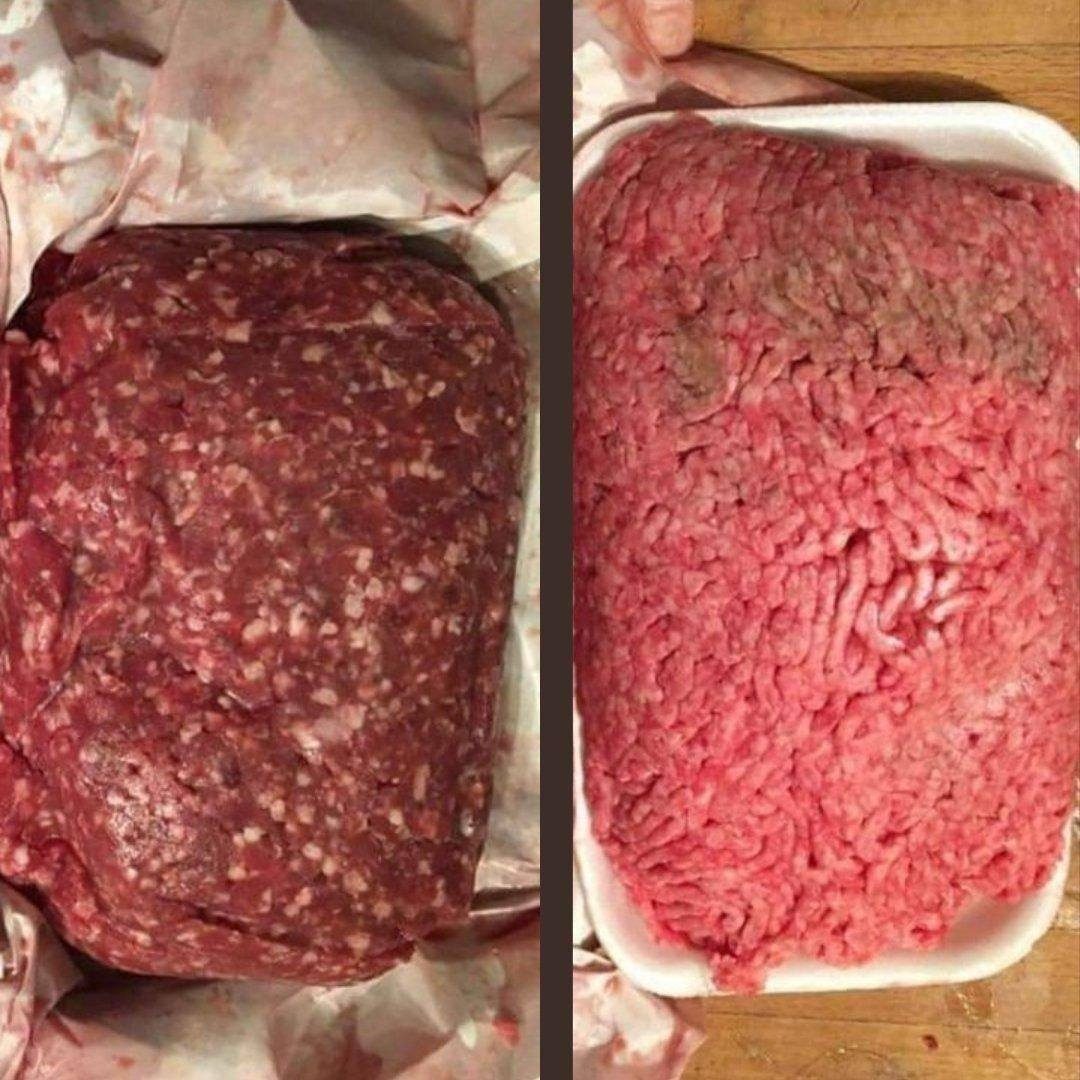ADVERTISEMENT
Know What You’re Buying: The Visible and Hidden Differences Between Store-Bought Beef and Farm-Fresh Beef
When it comes to purchasing beef, consumers often face a decision: should they go with the more convenient, store-bought beef, or opt for farm-fresh beef that may come at a higher price? Both types of beef can be delicious, but there are key differences between them—some visible and some hidden—that can impact the flavor, nutritional value, and overall quality of the meat. Understanding these differences will help you make an informed decision about what you’re putting on your plate.
In this article, we’ll break down the visible and hidden differences between store-bought beef and farm-fresh beef, so you can better understand what goes into your purchase and how it might affect your health and your meal.
Visible Differences: What You Can See
- Color and Marbling One of the most obvious differences between store-bought and farm-fresh beef is the appearance. Beef from different sources may look different in terms of color, marbling (the white streaks of fat within the muscle), and texture.
- Store-Bought Beef: Often, store-bought beef is bright red and might have a more consistent marbling throughout the cut. This beef is often treated with preservatives or carbon monoxide to maintain its red color, which can give it a fresher appearance than it might otherwise have. The marbling is typically well-distributed, but sometimes it can appear more processed, depending on the source.
- Farm-Fresh Beef: Farm-fresh beef, especially if it’s grass-fed, may have a darker, richer color—sometimes a deeper red or even a purplish hue. The marbling is less uniform, with visible areas of lean meat surrounded by small streaks of fat. Grass-fed beef tends to have less marbling than grain-fed beef, but the fat present is usually of higher quality (more omega-3s and conjugated linoleic acid).
- Fat Color The color of the fat is a key indicator of the type of beef you’re purchasing.
- Store-Bought Beef: The fat in store-bought beef is often white or off-white. It may appear slick or shiny due to the preservation methods used, which can include artificial coloring or packaging treatments.
- Farm-Fresh Beef: Fat from farm-fresh beef, particularly from grass-fed cattle, often has a yellowish tint. This is because of the carotenoids found in the grass the cows eat. This color difference can be a good indicator of the beef’s quality and its feeding practices.
For Complete Cooking STEPS Please Head On Over To Next Page Or Open button (>) and don’t forget to SHARE with your Facebook friends
ADVERTISEMENT
